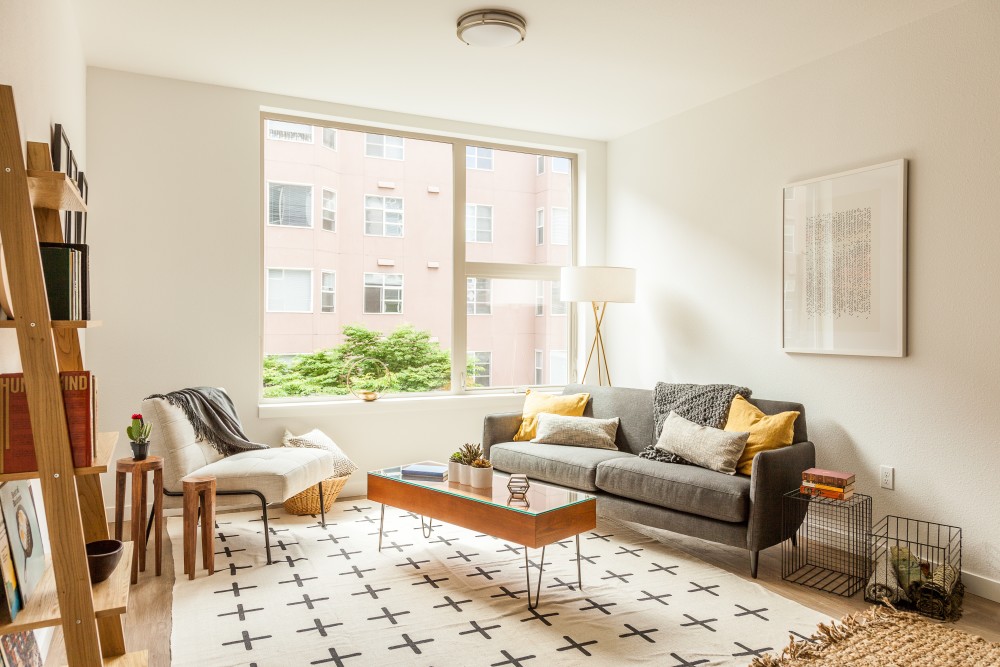According to data from the National Multifamily Housing Council’s Rent Payment Tracker, 80.4% of apartment households made a full or partial rent payment by Nov. 6, based on a survey of 11.5 million professionally managed market-rate units.
This is a 1.1 percentage point, or 131,712 household difference, from the 81.5% share of renters who paid through Nov. 6, 2019. Last month, 79.4% of renters had maid a full or partial payment by Oct. 6.
“November’s opening rent payment figures show that the additional support apartment residents received over the summer, coupled with generous, innovative approaches put into place by property owners and managers, continue to provide renters with some degree of security against the economic distress facing communities throughout the country,” says Doug Bibby, NMHC president. “As the results from last week’s elections come into focus, NMHC calls on policymakers in both parties and on both ends of Pennsylvania Avenue to put aside partisanship and instead focus on delivering a comprehensive COVID relief package that helps apartment residents meet their housing obligations, keeps them safely housed, and protects the stability of the nation’s rental housing sector.”
In this month’s Rent Payment Tracker Webinar, Al Pace, vice chairman and CEO of Pacific Urban Residential, provides his own perspective on his company’s current approach to collections. According to Pace, collection rates for just over 10,127 apartment units owned by Pacific Urban are relatively strong compared with national numbers, with an 89% full or partial payment rate for the month of October. He attributes these high rates to the residents’ professions, many of which have been deemed essential, and the general strength of garden or walk-up style apartments in the COVID environment.
Of the Pacific Urban renters who have not yet paid rent for the month of November, half are known to be regular payers who simply have not made a payment yet. Of the 500 to 600 renters remaining, some have entered payment plan agreements, while others are neither paying nor responding to attempts at contact. This includes a mix of struggling renters who may be fearful of communicating their problems, as well as “gainfully employed” residents simply refusing to pay.
Overall, Pacific Urban estimates that unresponsive renters have accumulated a total of $3 million in unpaid rent since the start of the COVID-19 pandemic. As a portion of $172 million in total collections, Pace considers this number “surprising” and “encouraging.” The company has created a task force dedicated both to creating payment deals for renters and attempting to make contact with unresponsive renters. “I think we’re trying to bend over backward to try and do whatever we can, particularly for good residents in good standing,” he says.
When asked what the future of the apartment industry has in store, Pace insists that the answer will depend on the state of the virus. “Until that all gets a lot of control, a lot of normal doesn’t come back,” he says. “It’s all interconnected, but it all starts with getting the virus under control.”
